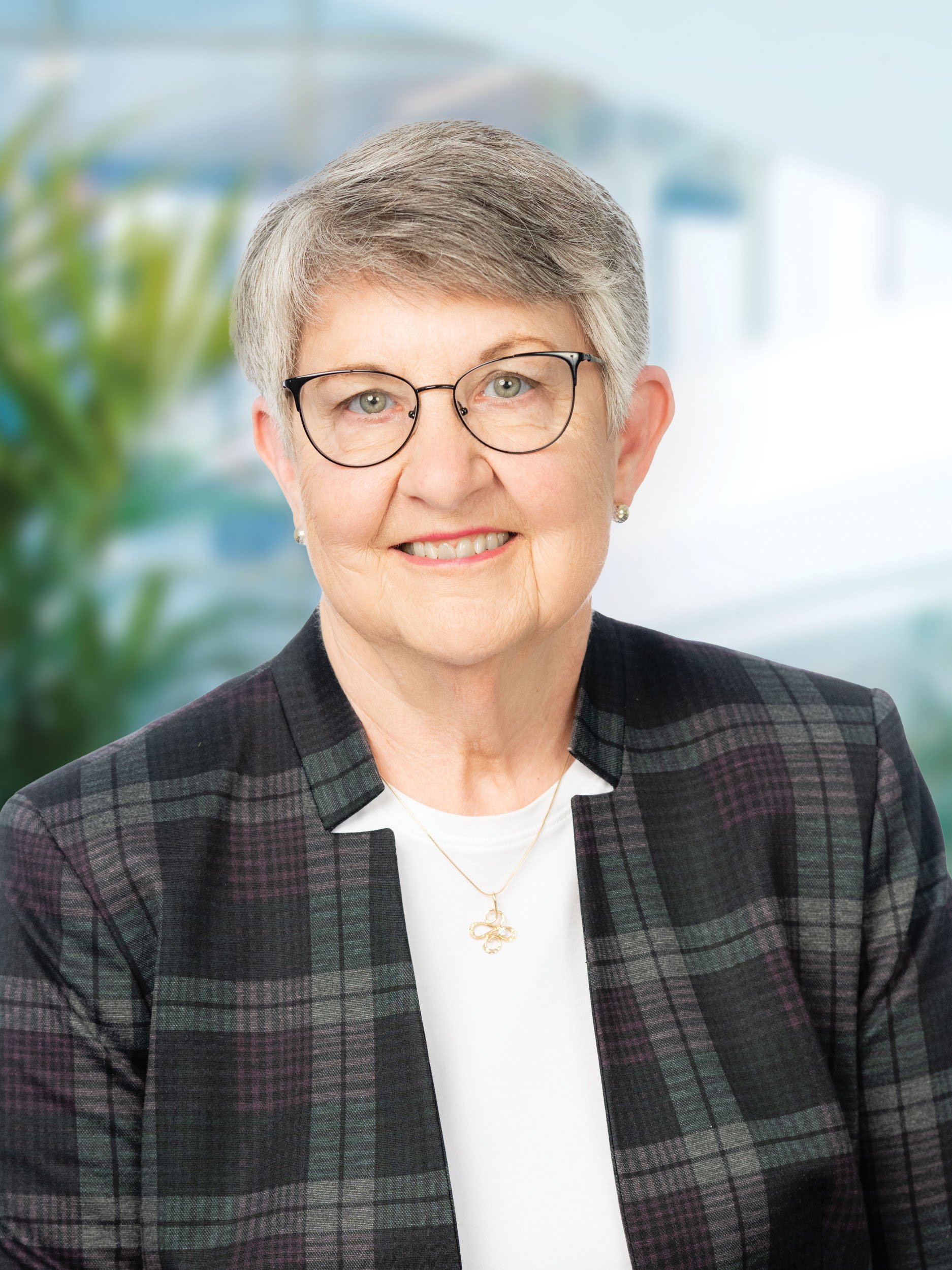What is "donor-centered" fundraising?
This term "donor-centered fundraising" is used a lot in the fundraising world. The term was brought into popularity by Penelope Burk in her book of the same title, in which she defines donor-centered fundraising as “an approach to raising money that inspires donors to remain loyal longer and give more generously.”
Since she published her book, almost everyone in fundraising has adapted the term by assigning our own interpretations. This, of course, causes lots of confusion.
Do donors always come first?
Some interpretations by leaders in the profession suggest that donor-centered fundraising means that the donor always comes first. The thought that “donor-centered fundraising places the donor front and center” pushes the concept of donor-centered fundraising quite far. Another interpretation takes it even farther, saying “It is imperative to let the donors know and feel that they are in charge of the relationship and that we are willing to do what they would have us do.”
What these interpretations fail to acknowledge is why our organizations exist. First and foremost, nonprofit organizations exist for the common good. They enhance the social, educational, and cultural fabric of American society. Donor-centered fundraising cannot mean always putting the donor first because a nonprofit's missions, visions, and service are what must be “front and center”—not the donor.
That said, donors are critical to realizing the missions and visions of our organizations, and we need to engage them effectively as partners in the process. Simone Joyaux is right in saying: “Donors play an essential, vital, central role in your organization’s success.” But donor preferences—and their loyalty and generosity—must serve as buttresses for the organization’s mission and vision.
Burk has asked thousands of donors what their preferences are, and they have responded with sincere appreciation, timely and personal acknowledgement, truthful communication about how their gifts are used, and what impact they have helped achieve. All of us must honor preferences such as these.
However, some donor expectations go beyond and “what they would have us do” doesn’t fit with the mission, culture and priorities of our organizations.
Donor-centered fundraising means recognizing what donors expect from a relationship with a nonprofit.
It replaces a once common perspective that only organizational needs and priorities mattered. As our understanding of donor expectations evolve, however, we see more and more that donors are our partners.
I would encourage your organization to have a thoughtful discussion about this partnership—involving key donors, staff and Board members—that leads to a “theory of philanthropy” which defines desirable donor-organization relationships, degrees of donor engagement, conditions for gift acceptance, and boundaries on donor influence and control. Inviting the donor’s voice into such a conversation contributes to a healthy sense of donor-centered fundraising.
Let us always keep in mind that there are big differences between engaging donors as partners and assuming that donors are in charge.
.png)


Comments
Questions or comments? Join the conversation!